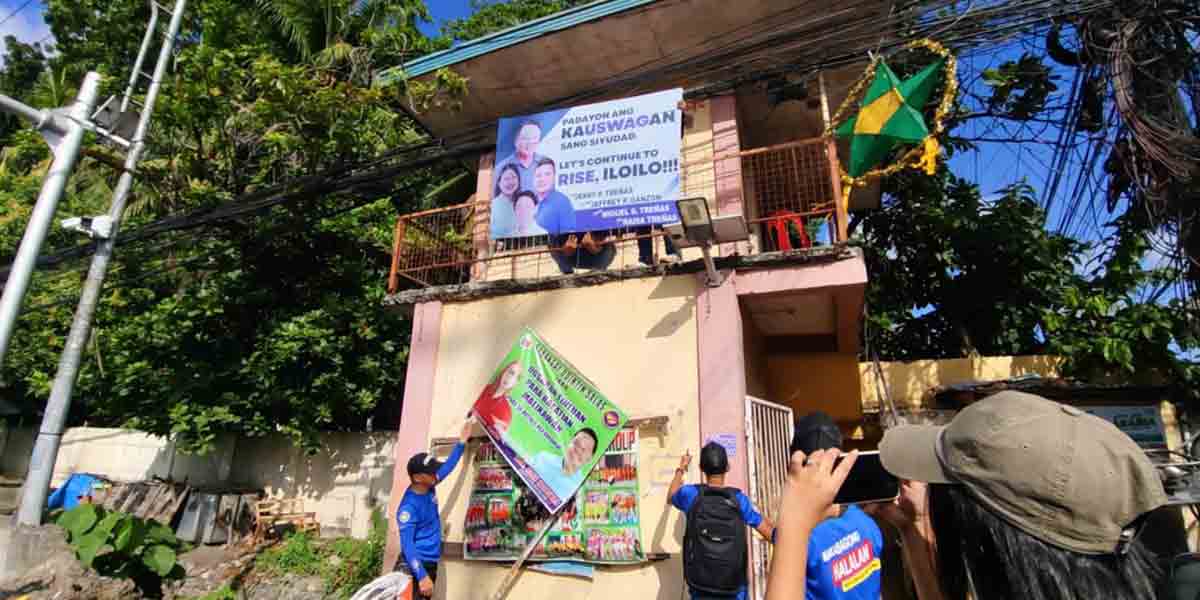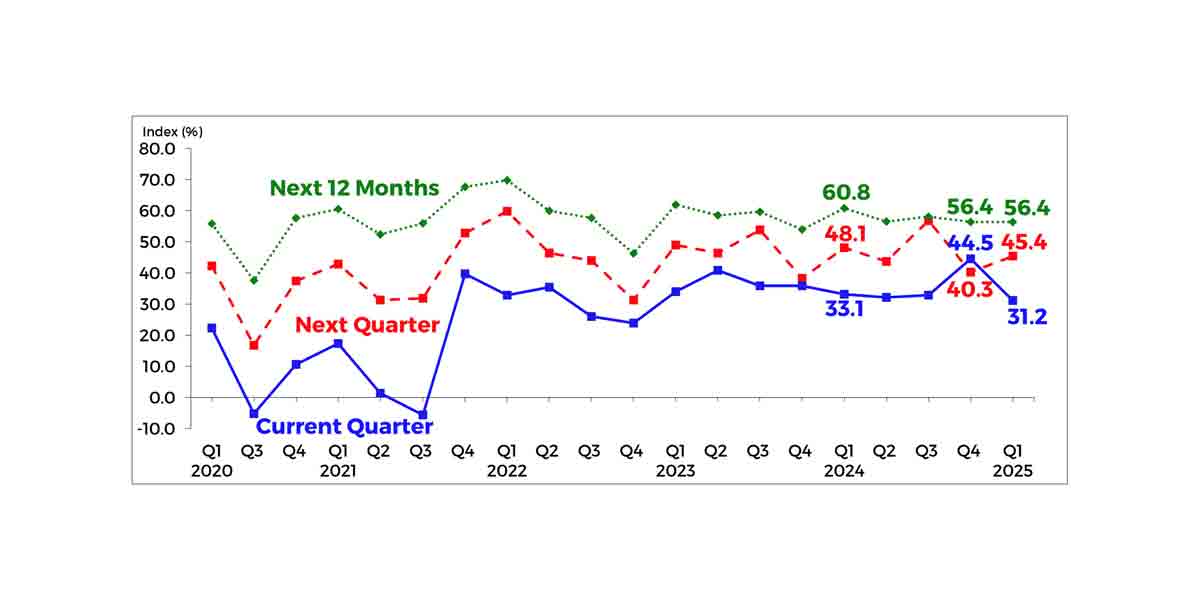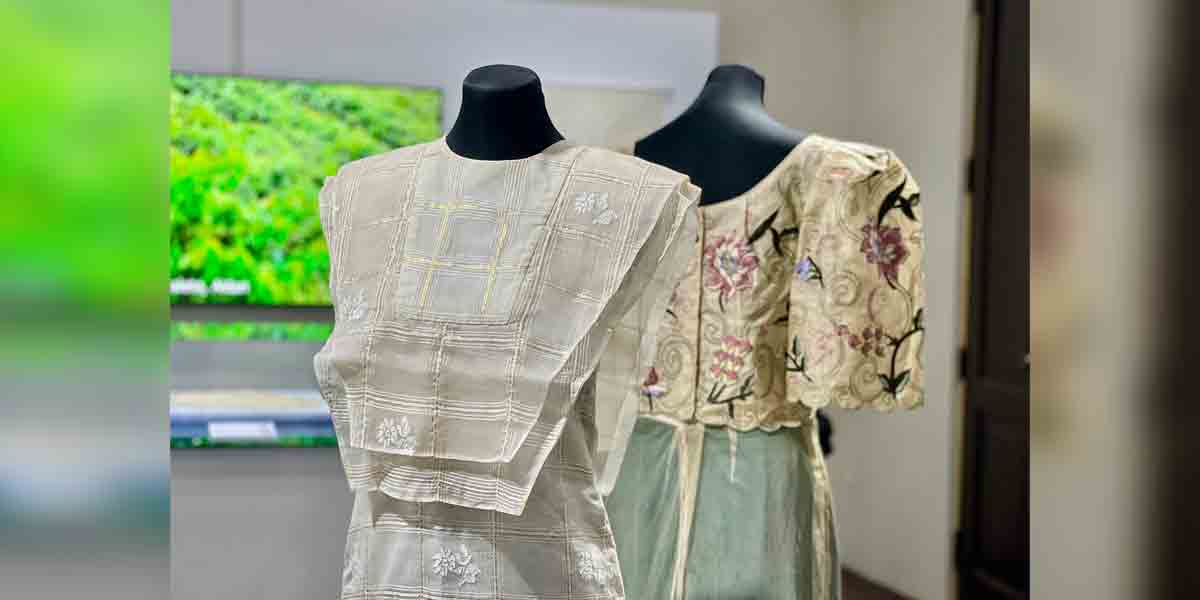
By Joseph B.A. Marzan
Iloilo City Mayor Jerry Treñas on Sunday clarified that while the Campanario de Jaro, or Jaro Cathedral Belfry, has been turned over after its 10-month restoration, the public would have to wait longer before they can explore it.
Treñas told Daily Guardian in a phone interview that the city government is still set to discuss public access to the belfry with the Archdiocese of Jaro, which owns the structure being part of the Jaro Cathedral located across the road.
“[The Jaro Cathedral Belfry] may be opened [to the public], it’s just a question of coming up [with] rules, which we will sit down together with [the Archdiocese]. We have to make sure that we protect the improvements that have been done there,” he said.
Treñas said that the restoration of the belfry was significant to the city’s past and present, as a symbol of its cultural heritage, and of the city government’s push for “more greener public spaces”.
“We have a very rich cultural heritage, and we cannot move forward unless we look back to where we came from. That is the reason why we are spending so much of our energy and our resources to fix our plazas,” he added.
Treñas led the formal turnover of the belfry, as well as the unveiling of the newly-erected Patrocinio Gamboa Shrine in Jaro Plaza, together with Jaro Archbishop Romeo Lazo and other city officials and local clergy.
The shrine was erected in honor of the woman who first hoisted the Philippine flag outside of Luzon in Santa Barbara town.
The restoration of the belfry and the shrine were part of the P20-million contribution of the National Historical Commission of the Philippines (NHCP) to the rehabilitation of the Jaro Plaza, with the rest of the funding for the plaza coming from the city government.
Improvements include the structural stabilization of the belfry, architectural restoration of the belfry to its pre-war period appearance, installation of four statues of the “four cardinal virtues” (Justice, Temperance, Prudence, and Fortitude) at the corners of the belfry, installation of three mechanical clocks, installation of carillon bells, restoration of the central bandstand of the plaza, and repair and rehabilitation of the Graciano Lopez-Jaena monument.
The cathedral and the plaza are part of the Cultural Tourism Heritage Zones of the city under Republic Act No. 10555, which the mayor authored when he was lone district representative.
The Campanario de Jaro is only few of the belfries in the country built during the Spanish era standing freely from the church it is incorporated with.
It was built in 1744, after the efforts to move the religious center to Jaro from La Paz following the Dutch attack of 1614 and deterioration of the former Nuestra Señora de Candelaria parish from a 1686 typhoon.
Earthquakes in 1787, 1868, and 1948, as well as World War II befell the belfry, with initial restoration of the structure initiated and completed in the 1990s. Current restoration efforts started in February this year.
It was declared a National Historical Landmark on May 29, 1984 by the NHCP’s predecessor, the National Historical Institute.




















